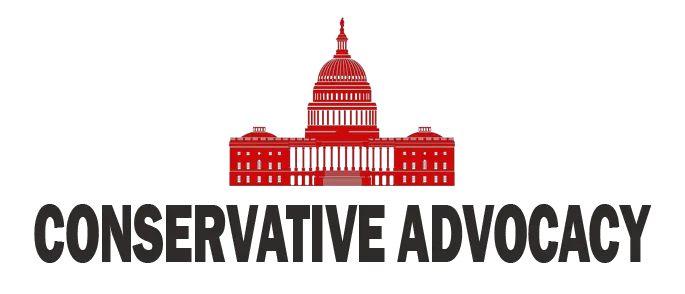In the world of modern media, where image often trumps reality, it is alarming to see how easily people fall for overt propaganda. Recently, a video surfaced featuring an emotional plea that was supposed to tug at the heartstrings of viewers. A woman, reportedly from Gaza, expressed sorrow over her starving child, highlighting the supposed injustices faced by Palestinians. However, a closer examination reveals a world of contradictions and a blatant attempt to manipulate public sentiment.
The truth is that the same level of attention and outrage is not shown for innocent children on the other side of the conflict. Despite the ongoing turmoil, not much is being said about the children affected by violence in Israel or the lives lost due to acts of terrorism. Instead, there are endless cycles of fundraising and campaigns that conveniently overlook other dimensions of the conflict. Why is it that these so-called advocates for children seem to have a more prominent focus on those in Gaza while often neglecting those affected in Israel? It raises critical questions about their motives and the validity of their claims.
Individuals promoting the “Free Palestine” narrative often gloss over the multifaceted nature of this conflict. It is not just a simple story of oppression; rather, it involves deep-rooted issues, historical context, and the complexities of violence on both sides. Yet, some seem to only focus on one angle, failing to acknowledge that innocent lives are caught in the crossfire no matter where they come from. This selective sympathy does not promote peace; it perpetuates division and animosity.
Moreover, one must question the authenticity behind the emotional displays seen in these videos. While the woman in the featured video may have been portraying genuine distress, the impact of such portrayals in media requires scrutiny. Critics argue that some videos and images might be used to generate sympathy and fundraising for causes that reflect broader strategic narratives more than the immediate humanitarian need.
It is essential to scrutinize the information being circulated, especially when it comes to matters as serious as humanitarian crises. The narrative being pushed is not just a reflection of a single incident but a broader strategy that seeks to influence public perception in favor of one side. It is vital for the public to look beyond the emotion-laden headlines and seek truth instead of being swayed by sensationalism that serves a political agenda. In a time when the stakes are high, ensuring that the narrative remains grounded in reality is critical for any hope of meaningful dialogue and, ultimately, resolution.




